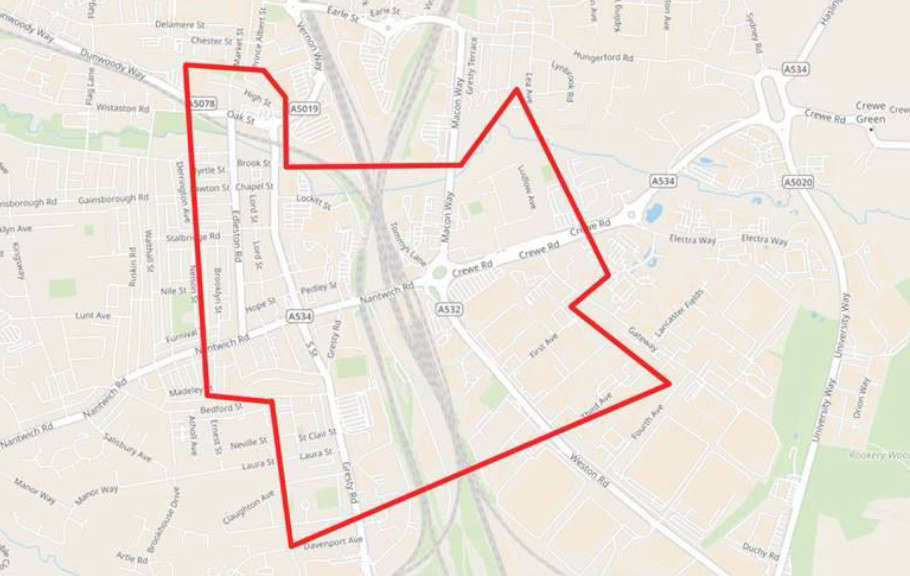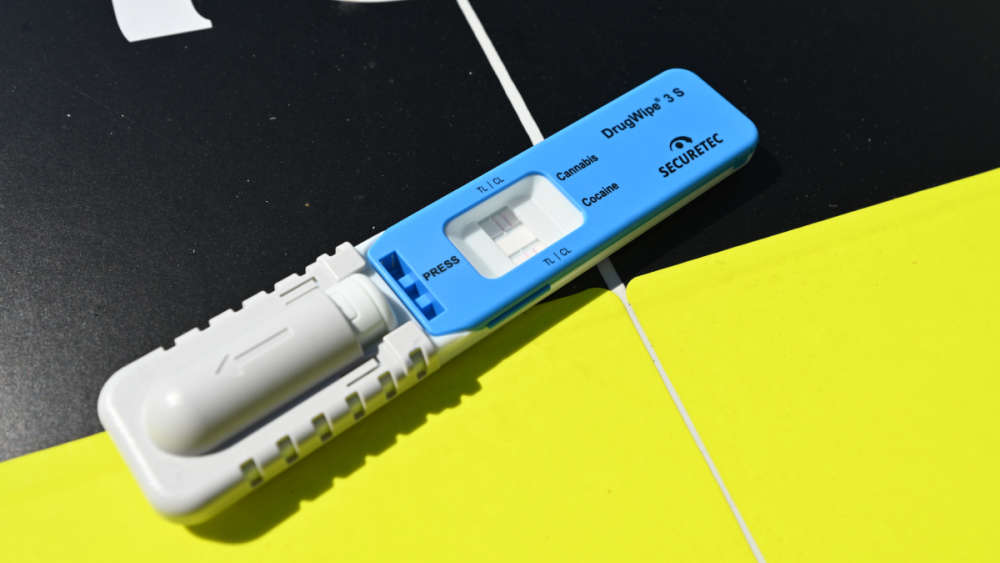
What is phishing and how does it work?
You wouldn’t let a thief enter your home, but what if the thief was masquerading as someone familiar, such as a postman, and tricked you into opening the door? Phishing works in a similar way - criminals impersonate trusted organisations by creating legitimate-looking messages and websites in order to trick people into opening the doors to their personal information. Once criminals have this information, it can be used to perpetrate fraud and cyber against you, or in your name.
How big is the problem?
Phishing attacks are a common problem faced by both individuals and businesses on a daily basis.
As of 31st May 2022, the National Cyber Security Centre’s Suspicious Email Reporting Service (SERS) has received over 12mn reports from the public, and has removed over 83,000 scams and 153,000 malicious websites. The most impersonated organisations in phishing emails reported last year were the NHS, HMRC and GOV.UK.
Most phone providers are part of a scheme that allows customers to report suspicious text messages for free by forwarding it to 7726. When a text is reported to 7726, the provider can investigate the origin of the text and arrange to block or ban the sender, if it’s found to be malicious. As of May 2022, 13,000 scams have been removed as a result of suspicious text messages reported using the 7726 service.
How can you protect yourself from phishing scams?
Most of the phishing scams reported to us have one thing in common, they started with an unexpected email or text message. Whether it’s an email asking you to “verify” your bank account details, or a text message claiming you’ve been in close contact with someone that’s got COVID, the goal of a phishing attack is usually the same - to trick you into revealing personal and financial information.
Here’s some simple advice you can follow when it comes to dealing with phishing scams:
1 - If you have any doubts about a message, contact the organisation directly.
Don’t use the numbers or address in the message – use the details from their official website. Remember, your bank (or any other official source) will never ask you to supply personal information via email.
2 - If you think an email could be a scam, you can report it by forwarding the email to: report@phishing.gov.uk. Send us emails that feel suspicious, even if you're not certain they're a scam - we can check.
3 - Most phone providers are part of a scheme that allows customers to report suspicious text messages for free by forwarding it to 7726. If you forward a text to 7726, your provider can investigate the origin of the text and arrange to block or ban the sender, if it’s found to be malicious.
4 - If you’ve lost money or provided personal information as a result of a phishing scam, notify your bank immediately and report it to Action Fraud: www.actionfraud.police.uk
For more advice on how to protect yourself online, visit:


 Keep in the picture and have your say on 2nd May
Keep in the picture and have your say on 2nd May
 MP Calls On Council To Re-Think Poynton Pool Plans
MP Calls On Council To Re-Think Poynton Pool Plans
 Man charged following serious assault in Crewe
Man charged following serious assault in Crewe
 Gold Award for Aston Ward at Congleton War Memorial Hospital
Gold Award for Aston Ward at Congleton War Memorial Hospital
 Documentary tells the story of Knutsford during World War II
Documentary tells the story of Knutsford during World War II
 Welcoming dogs to Tatton Park’s most loved places
Welcoming dogs to Tatton Park’s most loved places
 Wanted man charged with shoplifting offences
Wanted man charged with shoplifting offences
 Increased police presence ahead of Crewe Alexandra’s match against Wrexham
Increased police presence ahead of Crewe Alexandra’s match against Wrexham
 Council asks for residents’ views on air quality
Council asks for residents’ views on air quality
 Cheshire East Council seeks urgent discussions with Government over Middlewich Eastern Bypass
Cheshire East Council seeks urgent discussions with Government over Middlewich Eastern Bypass
 Northwich man jailed for drug dealing and assault
Northwich man jailed for drug dealing and assault
 Mid Cheshire Hospitals NHS Foundation Trust told to make improvements in maternity services
Mid Cheshire Hospitals NHS Foundation Trust told to make improvements in maternity services
 93% of parents receive offer of first preference of primary school
93% of parents receive offer of first preference of primary school
 Police appeal for help in tracing wanted Hanley man
Police appeal for help in tracing wanted Hanley man
 Physiotherapist who sexually assaulted woman in Willaston is jailed
Physiotherapist who sexually assaulted woman in Willaston is jailed
 Crewe man jailed for sexually abusing young boys online
Crewe man jailed for sexually abusing young boys online
 Fun for all ages at Reaseheath College’s annual Family Festival
Fun for all ages at Reaseheath College’s annual Family Festival
 Cheshire Police among top performing forces for tackling drink and drug driving
Cheshire Police among top performing forces for tackling drink and drug driving
 Appeal for information following serious collision near Congleton
Appeal for information following serious collision near Congleton
 Pink Floyd: The Dark Side of the Moon returns to Jodrell Bank
Pink Floyd: The Dark Side of the Moon returns to Jodrell Bank



Comments
Add a comment